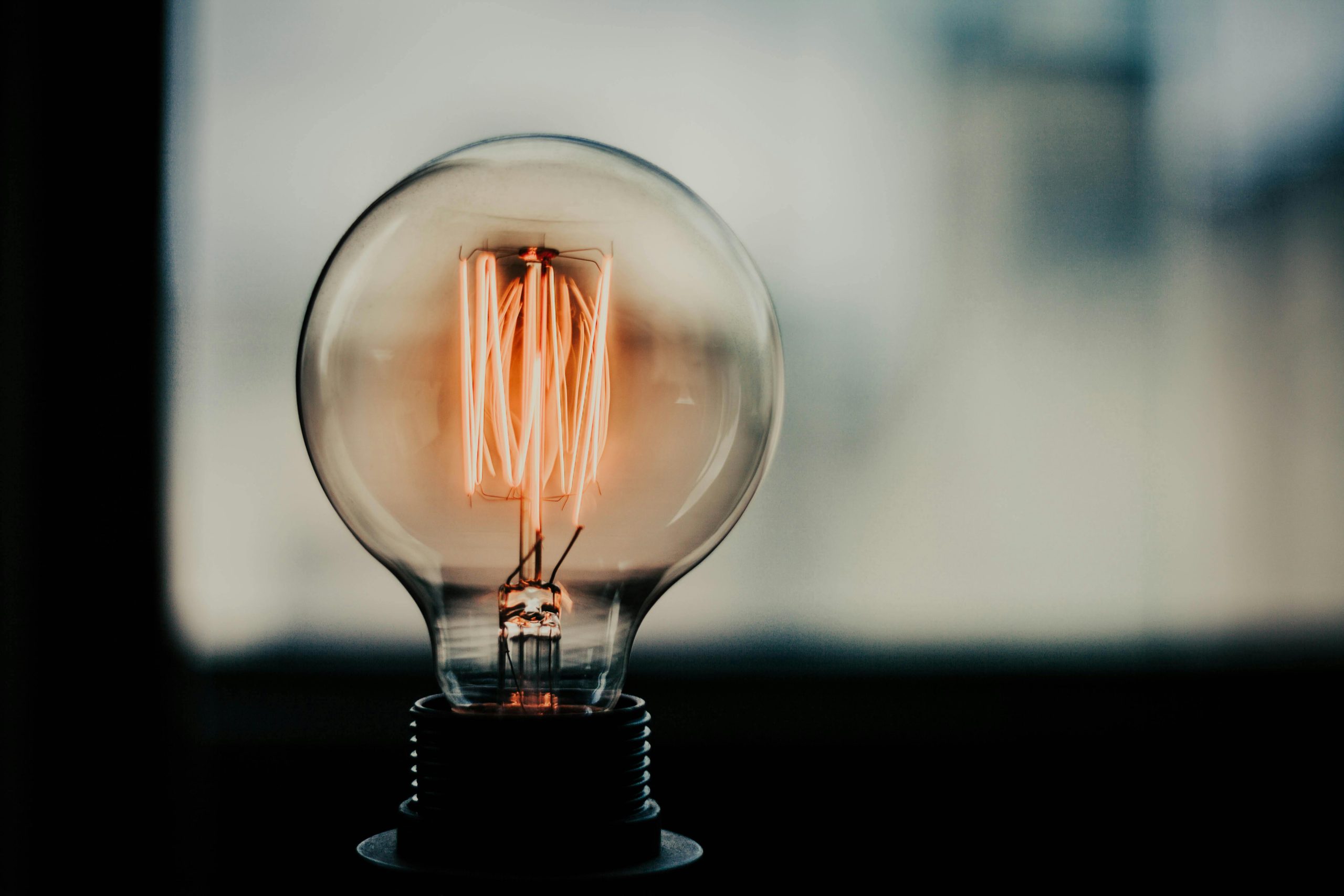Save Energy and Money with Energy Saving Bulbs

Energy saving bulbs are well known to any homeowner, companies and industries that seek to cut on electricity bills and at the same time ensure proper lighting. These bulbs come with numerous advantages over the traditional incandescent bulbs, in terms, for instance, of their life expectancy and impact on environment. This article is all about energy saving bulbs, the different types of bulbs, their benefits, and how to go about selecting the right bulb.
Types of Energy Saving Bulbs
Compact Fluorescent Lamps (CFLs)
Description: CFLs are used effectively for energy saving purposes because of efficient use of electrical energy. They are cheaper to use about one-tenth of the energy of incandescent bulbs and are of longer service.
How They Work: CFLs consist of a small amount of mercury vapor and phosphor coating which is enclosed in a glass envelope. Electricity excites the gas, which gives out ultraviolet light; this is then fluoresces to visible light by the phosphor coating.
Advantages: They come in cylindrical, elliptical, linear, spiral, u-shaped bulbs depending on the fitting that is used. They are found to utilize 70-80 percent of the power of ordinary incandescent bulbs.
Light Emitting Diodes (LEDs)
Description: LEDs are by far the most efficient type of lighting currently on the market. They utilise semiconductor technology in creating light and they are very power conscious.
How They Work: LEDs work through the sending of an electric current through a semiconductor chip that gives out light. This process produces little heat in comparison to the other illumination technologies.
Advantages: Features of LEDs include extremely high life expectancy that ranges from 25,000 and above hours. LEDS can use up to 90% less electricity than the traditional incandescent bulbs and come in different the shades and illuminations diverse.
Halogen Bulbs
Description: Halogen bulbs are variants of the Incandescent bulbs where the halogen gas is used to improve the efficiency and durability of the bulb. They give out bright and white light and are used in spotlights and floodlights.
How They Work: These bulbs work like regular incandescent bulbs with the only difference being that they contain halogen gas thus making the light output and lifespans to survive longer.
Advantages: Halogen bulbs are more efficient than regular incandescent bulbs, while being less energy-efficient than the new LEDs or CFLs offer clear, bright light.
Advantages of energy saving bulbs
Reduced Energy Consumption
Energy saving bulbs uses power way below that required by normal incandescent bulbs. For instance, an LED bulb that can use 10 watts can give off the same amount of light as 60-watt LED bulbs, hence consuming much energy.
Longer Lifespan
Energy saver bulbs whose usage is recommended have a longer duration of use relative to that of energy saving bulbs. LEDs and CFLs have a lifespan of between 8000 and 25000 hours meaning that there will be less replacement and therefore less waste.
Lower Electricity Bills
Since they consume less energy compared to the traditional bulbs, monthy electricity cost is brought down. This means that they save energy in the long run, hence they are cheaper in the long run when one is disposing their energy needs.
Environmental Impact
The effect of energy saving bulbs lower the carbon footprint because they are related to lesser amount of greenhouse gas emissions that comes with the electricity production. They are largely considered as environmentally friendly than the general bulbs as they use less power, less bright as well as have shorter life expectancy.
Improved Light Quality
Some energy conservation bulbs, particularly LED bulbs, provide enhanced quality light, stronger, and truer natural color. Protects are available in an array of CCT from warm to cool light enabling one to select the most appropriate.
Selecting the Appropriate Energy Saving Bulb
Determine Your Lighting Needs
The kind of the fixture should be put into consideration as well as the level of intensity of light to be provided. Light emitting diode and compact fluorescent lamps are general lighting suitable for most applications while halogen lamps are suitable for spot lighting.
Check Compatibility
Make sure that this energy saving bulb can suit the fixtures you have plus the dimmer switches you have installed. The ability of certain LEDs and CFLs to work with some older dimmer systems is still an issue due to other modifications.
Consider Color Temperature
Light bulbs which are energy efficient are available in different color temperatures; warm white or cool white. It adjusts with respect to the atmosphere that the room should carry together with the use that is to be made on it.
Look for Quality
Always purchase quality bulbs from good companies so as to get the best performance and durability of the bulbs. Some bulbs may be of poor quality, thus have a shorter lifetime and produce a lower quality of light.
Whether a person is looking to save energy and hence cut on expenses of electricity bills or is thinking of making conservation efforts, energy saving bulbs should be of interest. The available types of lighting solutions include the LED, CFL, and halogen bulbs whereby it is possible to ensure that the right type of lighting solution has been sourced at the right market and installed realising the benefits of energy efficiency and long term cost. ) When you make the transition to energy saving bulbs you help create a cleaner planet, besides improving the quality of light within structures.




